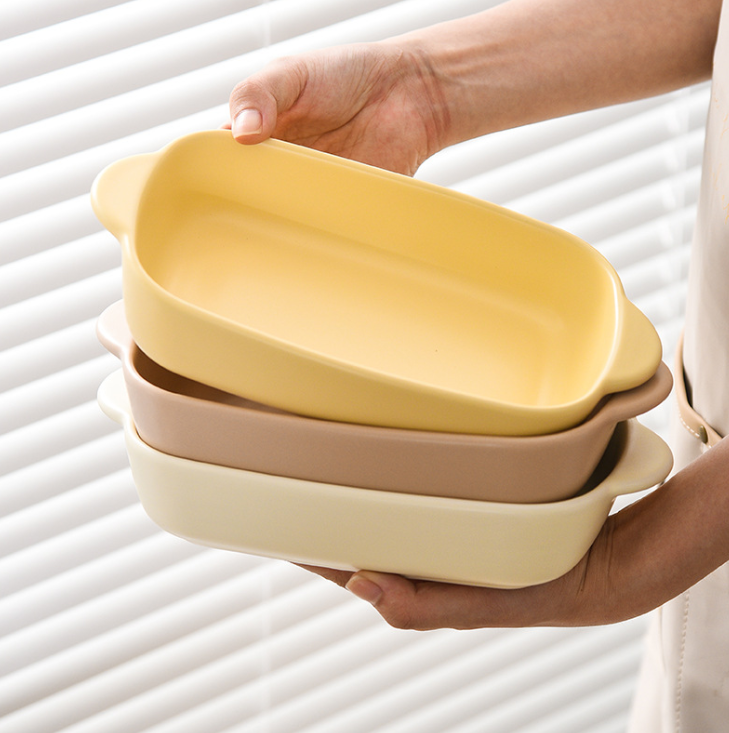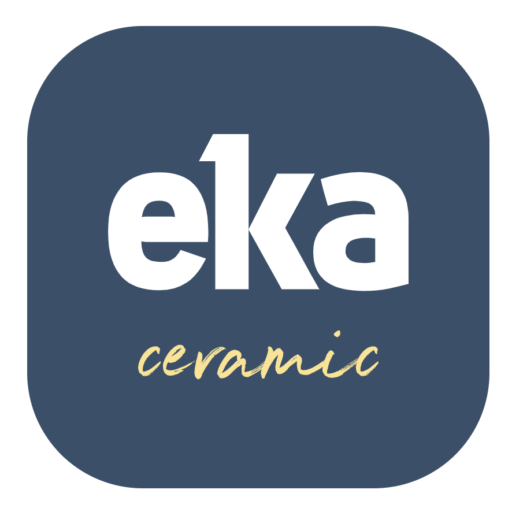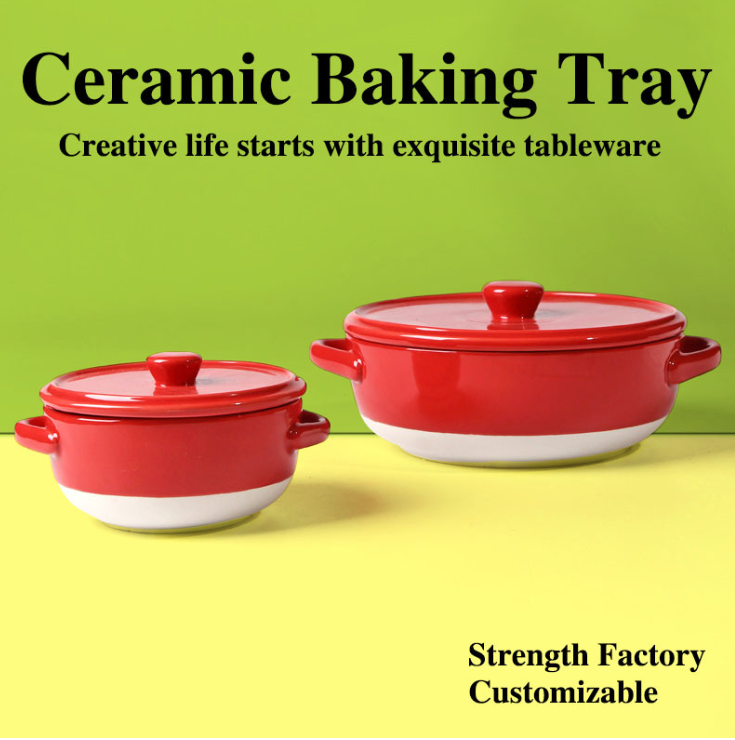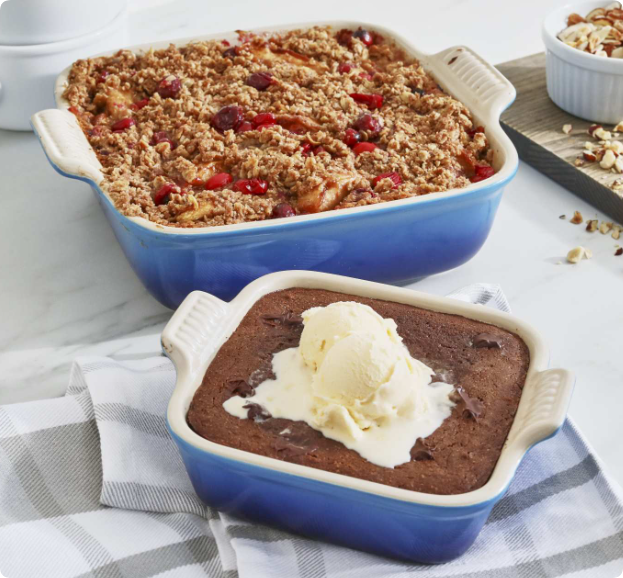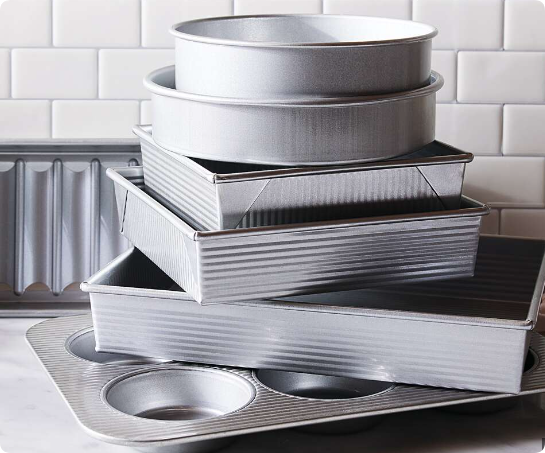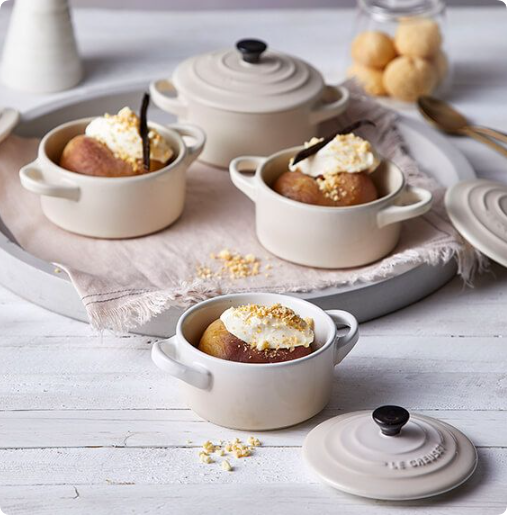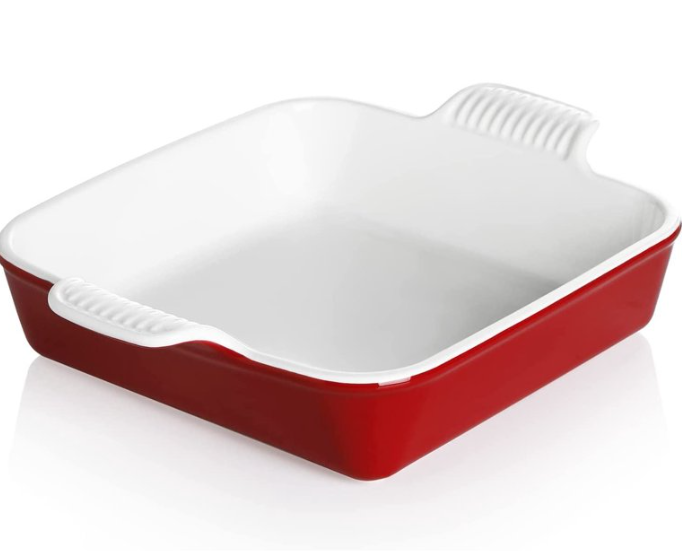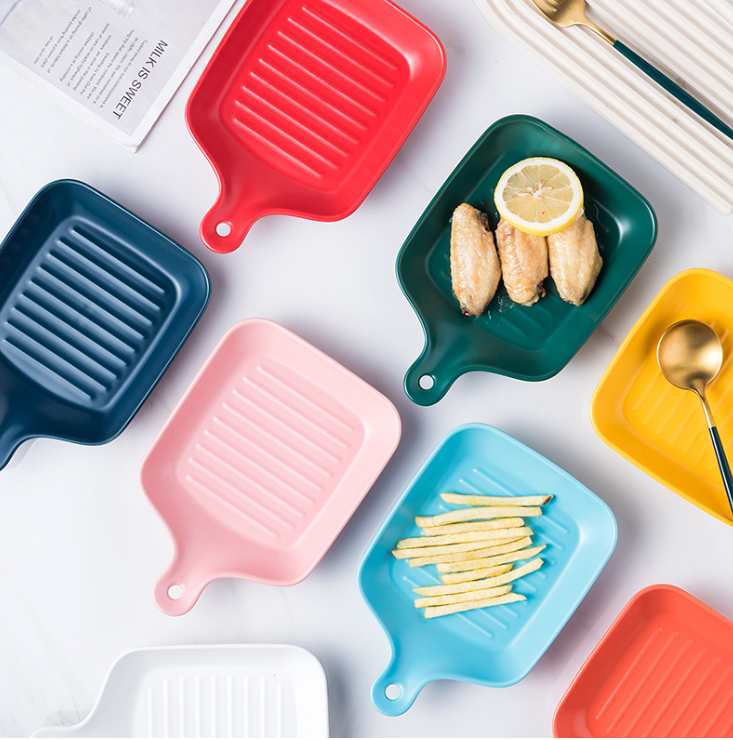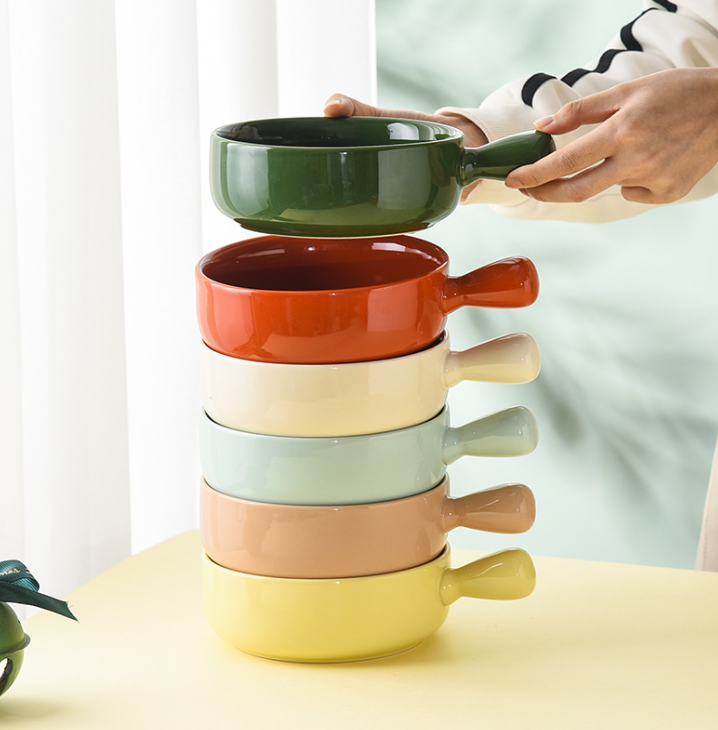When it comes to cooking and baking for large gatherings, special events, or everyday meal prep, having the right tools can make a world of difference. For B2B purchasers, especially those sourcing kitchenware for restaurants, hotels, or catering services, understanding the distinction between similar products such as casserole dishes and baking pans is critical. This guide will explore the differences between these two essential kitchen items, helping you make informed procurement decisions.
Table of Contents
1. Introduction to Casserole Dishes and Baking Pans
At first glance, casserole dishes and baking pans may seem interchangeable. However, each is designed with specific culinary tasks in mind. Understanding the differences between these kitchen tools can ensure that chefs, restaurateurs, and professional kitchen managers choose the most suitable item for their needs.
- Casserole Dish: Typically deeper, with higher walls, casserole dishes are designed for slow-cooking or oven-baking meals that involve both liquid and solid ingredients. They come with or without lids and are often made of materials like ceramic, glass, or cast iron.
- Baking Pan: These pans have lower walls and are more suited for dishes that require even, dry heat like cakes, cookies, and bread. They are usually made of metal (aluminum or steel) but can also be found in glass or ceramic.
2. Material Differences
The material of kitchenware significantly impacts cooking results, longevity, and heat distribution. Casserole dishes and baking pans are typically constructed from distinct materials suited to their intended purposes.
| Feature | Casserole Dish | Baking Pan |
|---|---|---|
| Common Materials | Ceramic, glass, enameled cast iron | Metal (aluminum, stainless steel), glass |
| Durability | Highly durable but prone to cracking if dropped | Durable, metal pans may dent, and glass may break |
| Heat Distribution | Excellent, especially ceramic for slow, even cooking | Fast and even, especially in metal pans |
| Weight | Heavier due to ceramic or cast iron construction | Lighter, especially metal options |
For B2B purchasers, material choice also plays a role in shipping costs, storage, and long-term usability in high-demand kitchen environments.
3. Design and Structure
Casserole dishes and baking pans are crafted with specific designs that reflect their intended culinary applications. While both items come in various shapes and sizes, their structural differences influence their functionality.
| Feature | Casserole Dish | Baking Pan |
|---|---|---|
| Shape | Typically rectangular, oval, or round | Rectangular or square |
| Depth | Deeper, usually between 2-4 inches | Shallower, between 1-2 inches |
| Lid | Often includes a lid | Generally lidless |
| Handles | Built-in handles for easier transport | May or may not have handles |
Casserole dishes, with their deeper walls and lids, are ideal for slow-cooked, layered dishes like lasagna or baked casseroles. In contrast, baking pans are designed for fast-cooking foods, making them perfect for roasting vegetables or baking cakes.
4. Heat Conductivity and Cooking Applications
The heat conductivity and how the dishes perform in different cooking environments greatly influence the selection process for commercial kitchen use.
| Feature | Casserole Dish | Baking Pan |
|---|---|---|
| Heat Retention | Retains heat well, making it ideal for slow cooking | Heats quickly and cools faster |
| Suitable for | Braising, baking casseroles, lasagnas, and slow-roasting | Baking cakes, cookies, roasting vegetables |
| Oven to Table | Commonly used for oven-to-table service | Rarely used for direct table presentation |
Heat Conductivity:
- Casserole Dish: Ceramic and glass are poor conductors of heat but excellent for retaining heat, making these dishes ideal for cooking and serving in one vessel. This reduces the need for multiple kitchenware pieces and enhances the dining experience in restaurants.
- Baking Pan: Metals like aluminum and stainless steel excel at heat conduction, making baking pans ideal for foods requiring quick and even cooking.
5. Versatility in Kitchen Settings
For large-scale buyers, versatility is often a deciding factor. Let’s look at the versatility of casserole dishes and baking pans in commercial kitchens.
| Feature | Casserole Dish | Baking Pan |
|---|---|---|
| Range of Use | Used for cooking, baking, and serving | Primarily used for baking and roasting |
| Serving Style | Stylish enough to be served at the table | Typically used only in kitchen prep |
| Types of Dishes | Stews, casseroles, gratins, lasagnas | Cakes, cookies, brownies, roasted vegetables |
For high-end restaurants or buffet settings, casserole dishes offer the advantage of both cooking and serving, often adding a touch of elegance. Baking pans, however, are essential for quick, efficient cooking where presentation is not as critical.
6. Size and Capacity Comparison
Choosing the right size is essential for kitchens that operate with high volumes of food. Below is a comparison of common sizes and their capacities:
| Type | Size (inches) | Capacity (quarts) |
|---|---|---|
| Casserole Dish | 9 x 13 | 3 to 4 quarts |
| Baking Pan | 9 x 13 | 1 to 2 quarts |
| Round Casserole | 8-inch | 2 to 3 quarts |
| Square Baking Pan | 8 x 8 | 1 to 1.5 quarts |
The above table showcases how casserole dishes are designed to hold more volume due to their depth, making them ideal for layered dishes or recipes with liquid components.
7. Pricing and Market Trends
Pricing can significantly affect large-scale procurement decisions, especially for commercial kitchens and retail stores that must maintain inventory at a cost-effective rate. Below is a breakdown of pricing trends:
| Product | Average Price Range (USD) | Materials | Trend |
|---|---|---|---|
| Casserole Dish | $20 – $80 | Ceramic, enameled cast iron | Growing in popularity |
| Baking Pan | $10 – $30 | Metal (aluminum), glass | Consistent demand |
Market trends indicate that casserole dishes, particularly those made from high-quality ceramic or enameled cast iron, are becoming increasingly popular due to their aesthetic appeal and functionality. Baking pans, although more affordable, continue to be a staple in professional kitchens due to their versatility and speed in food preparation.
8. Best Practices for B2B Purchasers
For B2B buyers, choosing between casserole dishes and baking pans depends on the needs of your commercial kitchen or retail customers. Here are some best practices for purchasing decisions:
- Understand Your Market: If you cater to upscale restaurants or establishments focusing on presentation, invest in high-quality casserole dishes that can double as serveware. For bakeries and fast-service kitchens, baking pans are essential.
- Bulk Purchasing: Always consider bulk buying options for cost savings. Many manufacturers offer discounts when casserole dishes and baking pans are purchased in large quantities, ideal for hotels or large restaurants.
- Customization Options: For retail or branding purposes, consider offering custom designs or colors, especially with ceramic casserole dishes. Customization adds a personal touch that can appeal to high-end clients or specialty markets.
9. Conclusion
Both casserole dishes and baking pans have their place in professional kitchens. Casserole dishes are the go-to for slow-cooked meals, elegant table service, and versatile use from oven to table. Baking pans, on the other hand, are indispensable for quick, high-heat cooking and baking.
What is the Difference Between a Casserole Dish and a Baking Pan?
@testkitchen What’s the difference between a baking pan and a baking dish? Make sure you’re using the right one. #baking #howto #cooking #kitchenhacks
♬ original sound – America’s Test Kitchen
For B2B purchasers, understanding these differences can lead to smarter purchasing decisions, better kitchen efficiency, and ultimately, more satisfied end users. At EKA Ceramic, we offer a wide selection of high-quality ceramic casserole dishes and related kitchenware, ensuring that your commercial kitchen or retail store is fully equipped with the best products on the market.
Explore our collection today at www.ekaceramic.com to find the perfect kitchen tools for your business.

